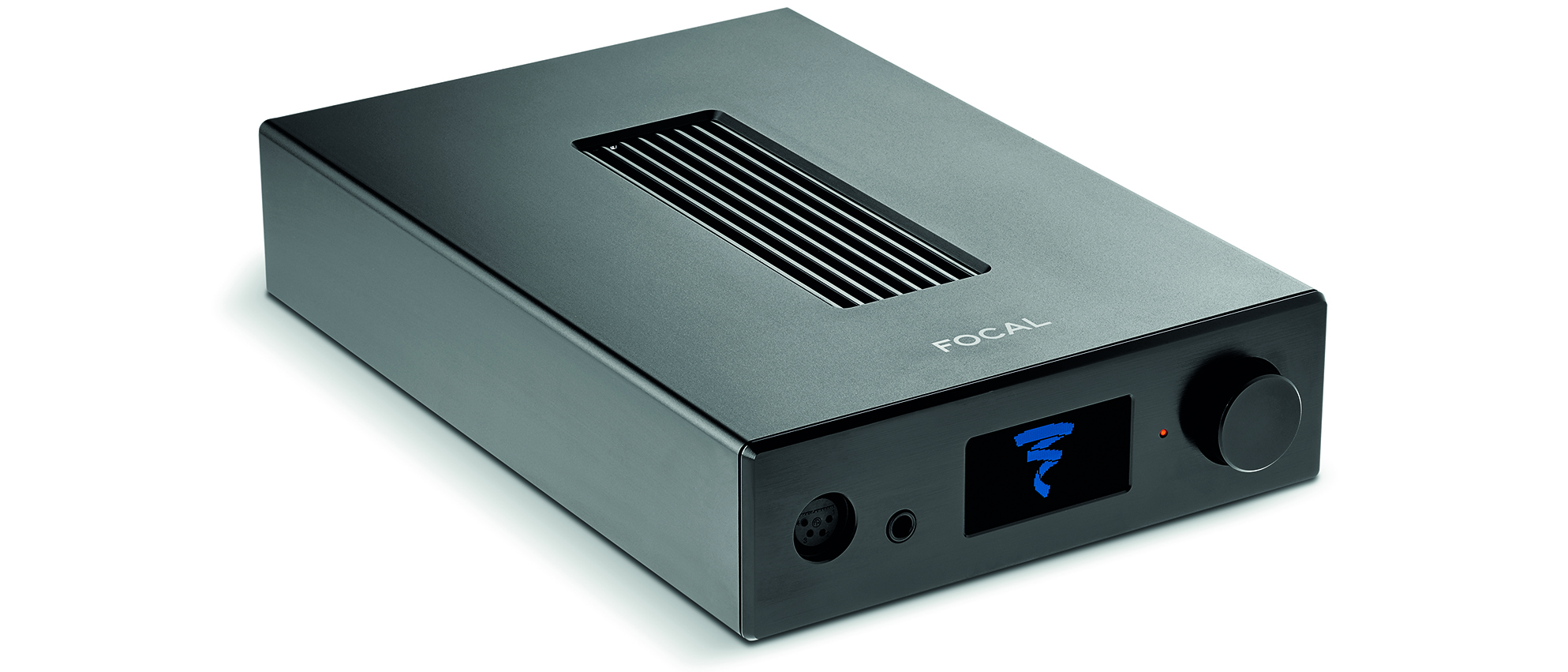What Hi-Fi? Verdict
The Arche is well-built and beautifully designed in its simplicity, and is a great choice if you're after a high quality DAC for your headphones, but if you're using the Arche in your main setup, stick with the XLR outputs, as the RCA alternatives are sporadically noisy.
Pros
- +
Beautiful, solid design
- +
Exceptional isolation from USB noise
- +
Can tune headphone output impedance
Cons
- -
Inconsistent RCA noise levels
- -
No fixed line output level setting
Why you can trust What Hi-Fi?

This review and test originally appeared in Australian Hi-Fi magazine, one of What Hi-Fi?’s sister titles from Down Under. Click here for more information about Australian Hi-Fi, including links to buy individual digital editions and details on how to subscribe.
French company Focal makes loudspeakers and headphones. Some of its headphones are pretty high-end. As are some of its loudspeakers. So the company has lately taken to producing high-end electronics to drive them.
For example, the Focal Astral 16 A/V processor and amplifier runs to more than AU$30,000. Here we’re spending some time with the more modestly priced Focal Arche DAC and headphone amplifier.
Equipment
In one way the Focal Arche looks very different. It comes with a curved section of metal. The straighter end has a home amongst the heat sink slots on top of the unit. Install it there and it forms a stylish headphone stand for your Focal (or other) headphones.
Apart from that, the layout of the unit is fairly conventional for this kind of product: deeper than it is wide, a flat well-built (over 4kg) slab of electronics.
On the front is a blue-on-black display screen. To its left is a 6.35mm stereo headphone socket. And to the left of that is a 4-pin XLR socket for balanced headphones. To the right of the display is a combination rotary control/press button. The principal use of that is for output level and switching the unit in and out of standby. But it also invokes the main menu, in which turning the wheel takes you through the options.
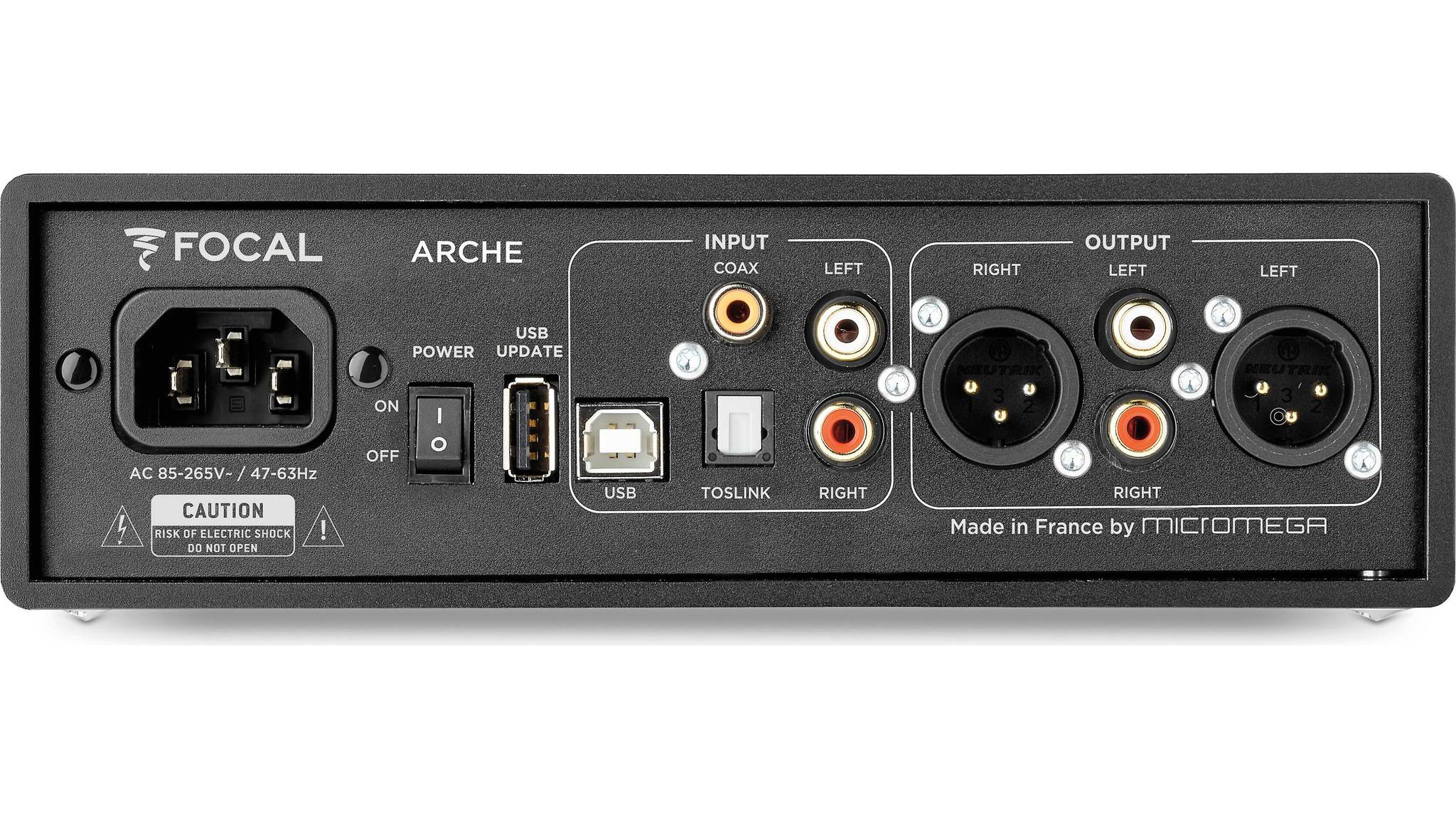
On the back panel are the line outputs: a pair of unbalanced RCA sockets and a pair of balanced XLR sockets. The inputs are also at the back. There’s a USB Type-B for plugging into your computer, an optical digital audio input, a coaxial digital audio input and a pair of RCA sockets for analogue inputs.
The USB Type-A socket is only there for upgrading the firmware of the unit. As we write, the Focal Arche is on its original factory-installed firmware and no newer version is available for download. The regular digital audio inputs support PCM up to 192kHz sampling with 24-bits of resolution.
The latest hi-fi, home cinema and tech news, reviews, buying advice and deals, direct to your inbox.
With a connection to a computer via USB, the unit supports PCM with up to 384kHz sampling and 24-bits of resolution and Direct Stream Digital in regular, double and quad speed versions (i.e. DSD64, DSD128 and DSD256). The driver objected to 32-bit audio. For Windows, it’s best to choose the ASIO driver rather than WASAPI. The latter worked with everything except for DSD256.
Every time I tried DSD256 with the WASAPI driver, not only did no sound come through, but it broke something in the driver, requiring a reboot of my computer before the DAC would produce any sound at all (with any format).
The Focal Arche employs dual AK4490 DAC chips for digital to analogue decoding. These are specified to support sampling rates up to 768kHz, use up to 32x oversampling, use 32-bits of resolution, offer five filter curves and run with a THD+Noise figure of 112dB.
The Class-A headphone amplifier is dual-mono and is rated at 2x one watt at 1kHz for impedances less than 32Ω. The frequency response is specified at 10Hz to 100kHz, S/N ratio at 116dB and THD at less than 0.001%. No additional criteria are provided for those numbers. I guess that these specs are for the amplifier alone. (16-bit PCM is going to bottom-out at a signal-to-noise ratio of around 97dBA for example.)
In the settings menu the unit can be set to ‘Low’ or ‘High’ gain and an amplifier mode can be selected for each of the current model Focal headphones, plus there are non-Focal settings labelled ‘Voltage’ and ‘Hybrid’. There was a definite mechanical click from within the unit when switching from some settings to others, suggesting to me that there’s a relay doing something in there.
Installation
I did the great majority of listening and testing using my computer as the source.
For full use that required that I install USB Audio Class 2.0 drivers from Focal’s website.
Keeping one’s web presence in alignment with slower-moving formal documentation can be tricky, nonetheless it’s a good idea to take some effort. So when reading the ‘Firmware Update’ section of the manual, in which the first step is to ‘Go to http://www.focal.com/arche’, one really should not be confronted with a ‘403 Forbidden’ message.
Oh, you can navigate your way there through the usual links (here you go) but why put it in the manual if it’s going to be wrong? And why not put a redirection on the now-defunct page to send new owners to the correct page?
That wobble aside, there were no problems installing the drivers, and no problems with any of my Windows player software in using them. Windows reported supported PCM resolutions of 16- and 24-bits from 44.1kHz up to 384kHz.
Levels
I found I had to be a little careful using the line outputs. There wasn’t a ‘fixed’ line level output. It was controlled by the front-panel level control, just as the headphones were.
I initially made the assumption that, like some other DACs which lack a fixed line-level output, the appropriate thing to do was simply to advance the gain to the maximum position – an indicated ‘99’ on the front panel – and then use my amplifier’s volume control for level.
When I later checked the manual, that is indeed what Focal suggests. Note, also, that there is only one system-wide level. The unit does not maintain separate levels for headphones and line output. Indeed, inserting headphones does not stop the line output. If you have it on 99 for your main system and then decide to listen with headphones, do make sure you turn down the level.
But as the unit always switches on with the volume level set to ‘20’, which is way too low both for headphones and the line output, I’d recommend you never switch the unit off at all. This will also mean that you will also need to go into the settings menu to switch the Arche’s automatic standby function off.
Also, I would further suggest that you don’t use the ‘High’ gain setting. I tried it at one point while the RCA outputs were connected to my audio system. It did seem rather louder than usual for a given system output level setting. But as I played the bonus Yes cover of Simon and Garfunkel’s America from Fragile, there was this weird crackle on the right channel.
Well, not precisely a crackle, but rather a ‘crack’ on certain very loud notes. For a few moments I revelled in this: a little something previously unheard! But then I started to worry. Was there something wrong with the right-hand KEF LS50 speaker I was using (supplemented by a Krix subwoofer, but that’s not relevant here).
So I started fiddling with levels. I turned the Focal Arche down to ‘80’ output instead of ‘99’, and turned up the amplifier to restore the speaker output to the same volume level as previously. There were no more ‘cracks’... which I found a bit odd, because it was presumably input overload distortion, but input overload distortion doesn’t normally sound like that.
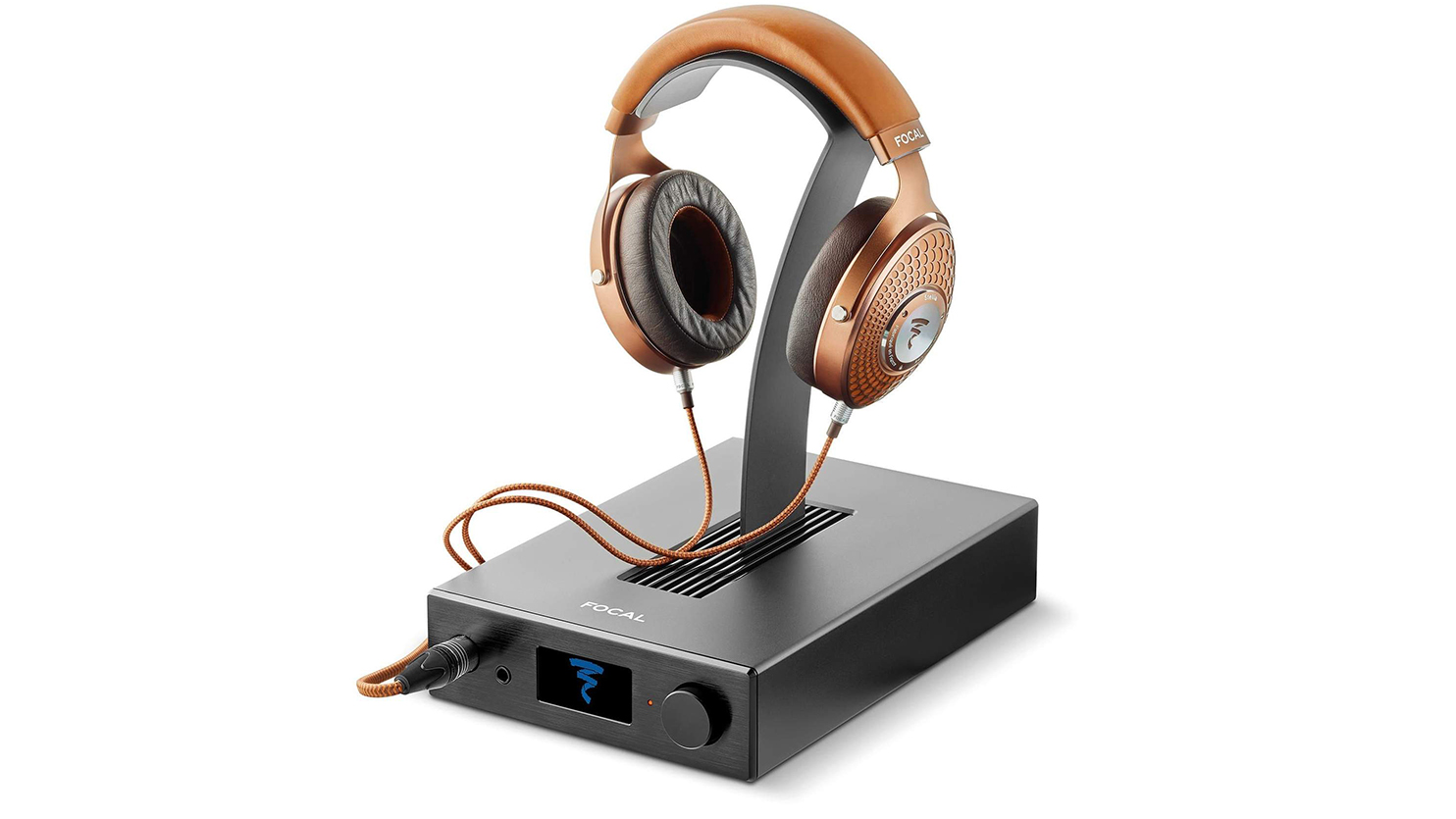
Listening sessions
I should note that the unit does not decode MQA. If you use TIDAL, the TIDAL app will unfold any MQA high-resolution content and the Arche will indicate on its front panel display the higher sampling rate… or at least it will if you press the front panel control button or rotate the knob.
The default state of the display is a large pair of digits indicating the output level, with the selected input source in smaller type above it. To see sample rate and digital audio format you have to manipulate the control. After a few seconds it reverts to the previous state. There’s no option for changing the display mode permanently.
It’s good that the format and rate can be seen, but I’d prefer to have them showing by default. This was brought home when I discovered at one point that 192kHz tracks were coming out at 96kHz. I was using JRiver Media Centre and had previously set it to convert anything above 96kHz sampling to 88.2kHz or 96kHz as appropriate because it had previously been used in conjunction with my review of an AudioQuest DragonFly Cobalt DAC.
As I keep saying in all my reviews, it’s very easy to accidentally use the wrong output settings, but, of course, most normal people are not hi-fi reviewers and will therefore be setting up their computers for just the one DAC, not darting around between different ones.
I didn’t have an amplifier with XLR inputs available, so for loudspeaker listening used the RCA outputs. Generally the unit sounded excellent, just as I’d expected. But every so often there was just a little background noise, sounding somewhat like random electrical noise. Which of course had me suspecting some breakthrough of the noise from my home computer network, delivered by the USB connection.
I therefore unplugged the computer from the network as well as from mains power, but it made no difference. I only heard it in one listening session, so after a while I started to doubt that I’d heard it at all. There was certainly no such noise when using headphones. And, of course, it’s with headphones that one is most likely to hear such untoward things.
I used a pair of Focal Elear dynamic headphones – Focal’s ‘entry level’ model, priced at AU$1,599 – as well as Oppo PM3 planar magnetic headphones (the brand has now ceased to operate in this space), a pair of ancient Sennheiser HD-535 open-back models and a set of Final Audio B3 in-ear monitors (AU$729). The Arche’s output was set to ‘Elear’ for those headphones, of course, and to ‘Hybrid’ for the others.
The first thing to note was that with none of the headphones was there any chance of the output limits of the Focal Arche being approached. ‘Ample’ is not the word to describe the output on tap. It could be destructive if one wanted. You need not worry about your headphones being supplied insufficient power.
And that translated into a real authority in performance. At this point I’ll pause to slightly regret the order in which I did things. As is my usual practice, the measurements were made after the listening sessions had been completed. I do that intentionally because I’m fearful that my listening impressions may be coloured by knowledge of the unit’s objective performance.
But in this case I was later to discover that the one thing done by the named amplifier output settings was switch between three different output impedances. That means that to the extent that a set of headphones has an uneven impedance curve, its tonal balance will vary according to the setting of the amplifier.
That seemed to have an affect upon the performance of the Final Audio B3 in-ear monitors. These use dual balanced-armature drivers (sans crossover) and delivered a fuller, richer, more balanced performance with the Focal Arche than they did with the DragonFly Cobalt mini-DAC. It turns out that the ‘Hybrid’ setting of the Arche implements a 10Ω inline output impedance, and I’m thinking that this provided a fortuitous adjustment of tonal balance.
The effect was subtle, and the B3 buds sounded excellent anyway with the Cobalt, but they sounded even better with the Arche. I would have liked to experiment more with listening using the different modes, but the loaner review unit was by then already overdue for return.
With the Oppo PM-3 headphones, the sound was more traditional (they are closed back). They have an even impedance across the audible frequency band so they don’t really care about (modest) output impedances. They delivered an extremely solid performance with the Focal Arche amplifier. I went back in time to the debut Black Sabbath album. The thunder at the opening of the first track was utterly clean and deep. When the first riff cuts in, the drums pierced through the mix to hover above it all, even the toms. They were surrounded by substantial air, filled with their natural reverb. The hi-hat bit appropriately.
Going back to the Final Audio B3 in-ears, there was enormous life and dynamic range across all the music genres I tried (including prog rock, jazz, female vocalist, baroque and classical). The best sound came from the open-backed Elear headphones. Focal knows what it’s doing by providing a first-class signal to drive its own products: The Elears were open and airy, limitlessly detailed and beautifully balanced.
Final verdict
If you're after a high quality DAC to drive your Focal headphones (or really, any brand or model of headphones at all), the Focal Arche is a fine unit.
My same enthusiastic recommendation will also be the case if you intend to use the Focal Arche in your main system… but only if you’re using the XLR outputs.
Laboratory tests
I calculated the internal impedance of the Focal Arche’s headphone output at 2.5Ω. It delivered 1.9VRMS into a 300Ω load, which is around 12mW or nearly 11dB above the sensitivity rating used by most headphones. Into a 16Ω ohm load, it delivered 1.65VRMS, or 170mW and more than 22dB above sensitivity rating.
I figured that was that... but a couple of days later I started to wonder about the different amplifier settings. The Voltage setting is supposed to be a voltage amplifier, in which the unit need not provide much current. The Hybrid setting is supposed to combine voltage and current amplifier functionality. And the other five settings feature outputs optimised for particular models of Focal headphones. Would they make a difference?
Indeed they would! To four significant figures at nine different measurement criteria, the Voltage output setting was unique, while the Hybrid and Elear settings were the same, and the Utopia, Clear, Elegia and Stellia settings were the same. It was with the Voltage setting that the internal impedance of the Focal Arche was around 2.5Ω. With the Hybrid and Elear settings, it was around 10Ω. With the Utopia et al setting it was around 17.5Ω.
I did not repeat the measurements on the ‘High’ gain setting, just did a quick check to see what effect that had on level: it boosted it by 12dB. Into high-impedance loads you can expect the maximum output from the headphone amp to be about 7.5VRMS. Clearly there’s never going to be a shortage of power even with high-impedance, low-sensitivity headphones.
The unit has fairly aggressive output protection. Everything went smoothly at low gain, but when I tried to measure maximum output at high gain into low impedance loads (16Ω), I kept tripping the protection. Oh, don’t worry that this may constitute some limitation on performance. Oh no... the last measured output voltage with a 1kHz test signal into that low impedance was around 5.2VRMS. That equates to 1.7 watts – not milliwatts, watts – output. Add 32dB to the sensitivity rating of your earphones or headphones, and that’s the maximum it will deliver with the high gain setting. Enough, in other words, to do major damage to you or your ear gear in very short order.
All that was in voltage mode, which you will recall has a low output impedance. In Hybrid mode, with an output impedance of around 10Ω, the unit could be wound up to the maximum level at which point it was producing a ‘mere’ 4.7VRMS output. Or 1.4-watts and 31dB above the sensitivity rating.
The unbalanced line level outputs were a bit lower in voltage than the norm, delivering around 0.95RMS in ‘Low’ gain mode and 3.8VRMS in ‘High’ gain mode. Of course, that’s with the level control set to maximum in both cases.
Speaking of the level control, it has 100 indicated levels. Down very low each numerical increment amounts to around 1.5dB. At higher levels that drops to 1dB per indicated number, then 0.5dB and then from level 60 and up, 0.5dB per two number increments.
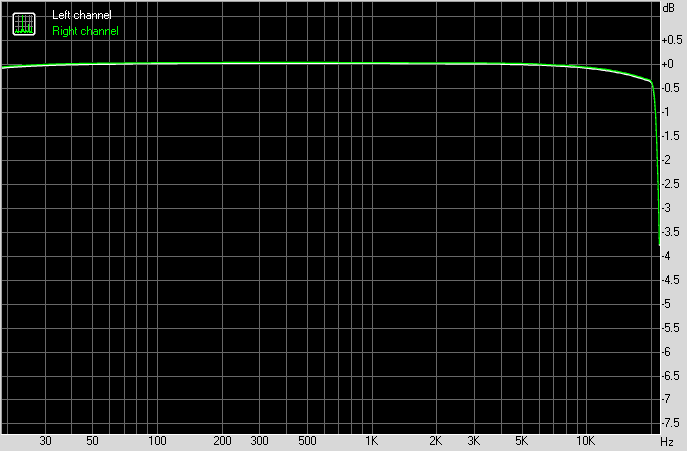
Graph 1 shows the frequency response of the Focal Arche with 44.1kHz signals and you can see that the frequency response is sensible: it rolls off a little above 8kHz to be down by around 0.35dB at 20kHz, then drops rapidly beyond that. There’s also a very slight roll-off in the bass, with output down by 0.4dB at 10Hz.
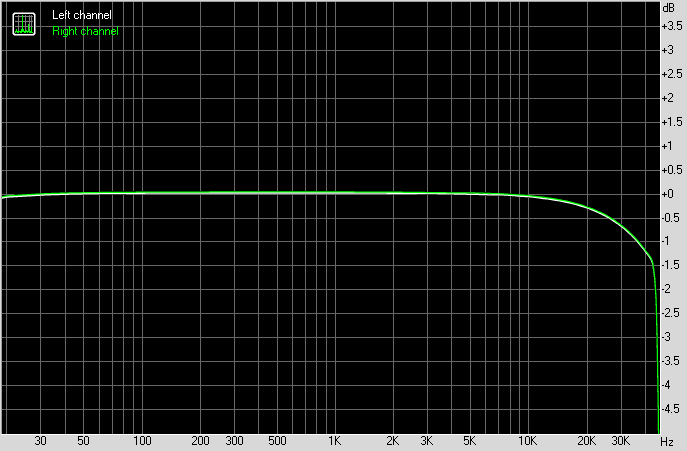
Graph 2 shows the frequency response with 96kHz sampling, and you can see that the bass was the same while output was down by 0.3dB at 20kHz, 0.7dB at 30kHz and 1.2dB at 40kHz.

Graph 3 shows the frequency response with 192kHz sampling, and you can see that the the 96kHz performance is simply continued: –1.8dB at 50kHz, –2.6dB at 60kHz, –3.4dB at 70kHz and –4.3dB at 80kHz.
Clearly Focal has chosen the DAC filter settings to return a flatter, more extended frequency response than many other DACs.
With 24-bit audio, tested with both 96kHz and 192kHz sampling, the noise performance I measured from the Focal Arche was simply weird. Let’s start with the easiest bit.
With the XLR outputs, the noise was at –108dBA consistently with repeated measurements. And that figure was maintained irrespective of whether my Surface Pro 2017 was plugged in or not. When it was plugged in, it was connected by wire to my home network, and that is one horribly noisy affair. The great majority of DACs let some of this noise out into the analogue output.
The Focal Arche did not. Measurements, plugged in or not, were identical… at least they were when I was using the XLR outputs. But when using the RCA outputs, things were very different. First, the results I gained were inconsistent. From measurement to measurement they ranged from –79dBA to –97.6dBA.
Again, it didn’t matter whether the computer was plugged in or not. To double-check that, I pulled out a network streamer and connected it to the Focal Arche by optical digital audio, just to ensure that there was no way any electrical interference could be carried. It resulted in a middling –89.8dBA noise level.
To double-check the test setup, I then switched in a different DAC which I knew to provide good performance. Its RCA outputs delivered a noise performance of –114.5dBA when using exactly the same rig I used for the Arche.

Graph 4 illustrates the variance of the noise levels depending on the output used. I have included a couple of the RCA outputs with and without the connected computer plugged in, plus the optical connection. They are the five traces up relatively high.
The white and green traces near the bottom are via the XLR outputs. The purple trace right at the very bottom is the RCA output from the comparison DAC. The point of that is to demonstrate that the test arrangement wasn’t the problem.
Note, also, that all the output measurements – apart from the one for the comparison DAC – had a weird bump in the noise around 60–70kHz of varying levels. This would not, of course, be audible, but it is just a little bit strange.
Australian Hi-Fi is one of What Hi-Fi?’s sister titles from Down Under and Australia’s longest-running and most successful hi-fi magazines, having been in continuous publication since 1969. Now edited by What Hi-Fi?'s Becky Roberts, every issue is packed with authoritative reviews of hi-fi equipment ranging from portables to state-of-the-art audiophile systems (and everything in between), information on new product launches, and ‘how-to’ articles to help you get the best quality sound for your home.
Click here for more information about Australian Hi-Fi, including links to buy individual digital editions and details on how best to subscribe.
